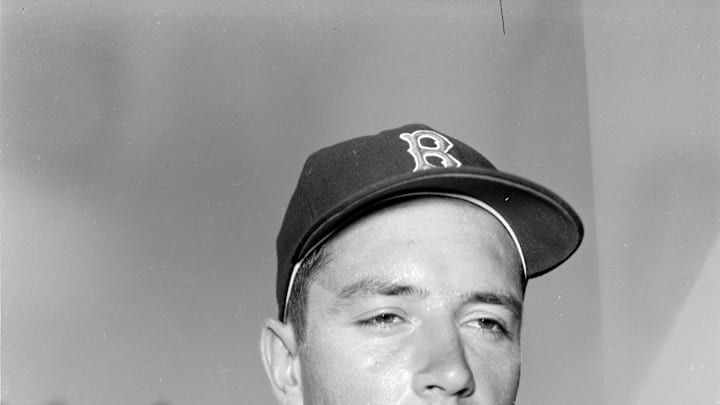Second Base - Dustin Pedroia
This is another easy one, especially with a healthy dose of provincialism, which means Dustin Pedroia. Pedroia's game was marked by a mix of offense, excellent fielding, chip-on-the-shoulder attitude, and just plain fearlessness when faced with being mowed down at second base.
Pedroia was not flashy and, on occasion, not smooth, but he more than got the job done. Range factors, defensive runs saved, assists, fielding percentage, and the other defensive minutia were all excellent. Toss in the factor that Pedroia was excellent at turning the DP, fearless, and would get a toss to his DP partner that was on the mark, and you've got a complete player.
How much is it instinct, and how much is the positioning metrics? Whatever it is, you rarely saw Pedroia out of position. I had old timers tell me that Pedroia reminded them of Charlie Gehringer, known as the "Mechanical Can," regarding his play at second.
Pedroia's career was cut short by a knee injury, and his relentless comeback efforts were unsuccessful. Pedroia would be in the Hall of Fame with a few more solid years under his belt.
